
She was barely in high school but she already knew that the stories of her town, hundreds of miles away, were worth immortalizing on paper. She took note of the stories narrated by girls and farmers from the lowlands in order to share them years later with children throughout the country.
In 1914, at the age of 22, Maria Leal was about to graduate as a Normal Teacher from the Anexa School of the Girl’s College, in the province of San Jose. This is, as she would later say, “the fruit of her ‘sleepless nights, tireless efforts and… deep yearnings.’”
Seven years before, she had left her native Santa Cruz, in Guanacaste, to go to these classrooms where she learned in order to teach later on. Maria was one of the 10 scholarship winners from Guanacaste awarded by the government of Cleto Gonzalez Viquez to go there to study. She started fifth grade in September and passed the course in just three months.
Since she was a young girl, she was very curious, so much so that at the age of five, she already knew how to read and write. Her love for learning surely came from two generations back. Her grandfather, a farmer from Tempate of Santa Cruz named Dionisio Leal, asked President
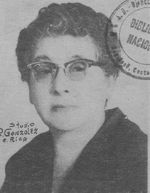
Photograph used in the biography of his book Cuentos Viejos.
Tomas Guardia to build a little school in their town. Guardia agreed immediately. After all, he was his friend in battles, ever since they fought together in the 1856 war against the filibusters.
They named that school after him: Dionisio Leal Vallejo. Idelfonso, his son and Maria’s father, was the director of another school in the town of 27 de Abril. The teacher’s baton came to her as an inheritance that is passed down from generation to generation.
She spent those childhood days “walking through wild and mountainous paths.” At night, she listened in wonder to the tales of enormous giants capable of destroying the town’s church with their fists. She got so immersed in the stories that she forgot to go to dinner.
Her mind, as busy as an ant, was not only occupied recording scenes for the stories, but also remembering the names of those she most admired, her teachers: Jose Angulo, Natalia Ramirez, Clorinda Morales, Cristina Cordero.
At that time, she didn’t imagine that she would also be such an admired teacher that a school would be named after her. Not only that: her desire to read and write stories made her one of the most important women in Guanacastecan culture and education.
Putting Voices from the Field onto Pages
After graduating as a teacher, Maria, along with other teachers, received a pedagogical internship called “The Importance of the Story in the Mental Development of the Child.” That teaching became key when she returned to Santa Cruz to practice her profession.
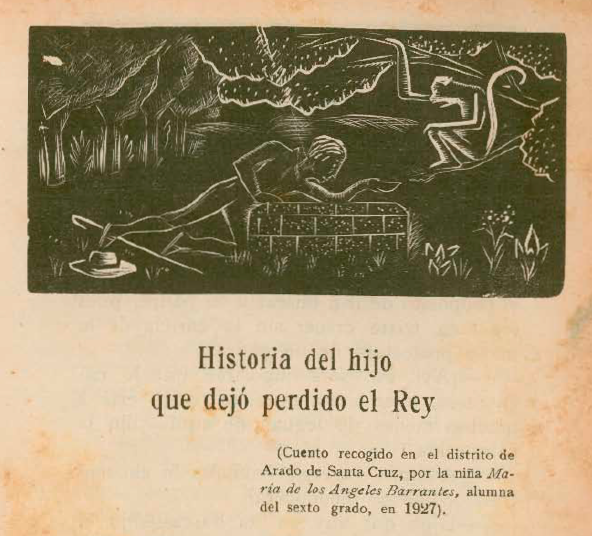
In this page from the fourth edition of Cuentos Viejos María Leal gives credit to a girl from Arado de Santa Cruz.
In her classroom, Maria was a teacher and a student. During the day, she listened attentively to the stories of the girls. At night, she taught the adults who ventured to learn to write with her.
She thus began to publish the stories that she was accruing from the people of her town in the magazine Repertorio Americano.
She wrote her stories very carefully so that the children could understand them. A “simple, unhurried way, as if she were telling maternal stories at nightfall,” described Ema Gamboa, a teacher who was recognized as a distinguished citizen (benemérita de la patria).
In 1923, she collected 14 stories in the first edition of her book Cuentos Viejos (Old Tales). The following editions grew with each story that she recovered from the field. Maria was always honest about the origin of her stories, so she let him know every time she sent new texts to her editor and former college teacher Joaquin Garcia Monge.
“There are five stories today that will serve to expand the collection that I began in the classrooms of the College… Of course, I confess that they aren’t original; I’ve collected them from the mouths of the farmers, I’ve written them trying to follow the original order of events and arguments with language that is understandable for children. It’s the only thing that belongs to me.”
Those stories that Maria collected also spoke of Uncle Rabbit, Uncle Coyote and other mountain animals, as well as foolish princes with hairy hands.
The excessive work caused Maria health problems, but she continued writing and working as a teacher, against doctor recommendations.
In the fourth edition of Cuentos Viejos, her former teacher and editor wrote a prologue affirming that Maria’s stories, along with Cuentos de mi Tía Panchita (Tales from My Aunt Panchita) by Carmen Lyra “are the most interesting contribution that Costa Rica, for now, can offer to popular literature of the world.”
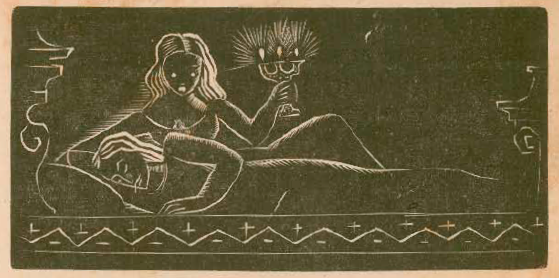
Costa Rican artist Francisco Amiguetti illustrated the fourth edition of Cuentos Viejos.
In 1925, she created the first kindergarten in Santa Cruz in Guanacaste. Thirty years later, the Girls School of Santa Cruz adopted her name. Meanwhile, she published two more books: De la vida en la costa (From Life on the Coast) and Estampas del camino (Vignettes of the Path), the latter at the age of 82.
“These divine stories populated my imagination with beautiful fantasies. Today it is populated with harsh realities. In other times, I listened to them with delight. Today, in the same way, I copy them with delight from the truths that their lies tell,” she herself wrote in the introduction to the fourth edition of Cuentos Viejos, published in 1938.
Maria Leal Rodriguez died at the age of 97 in her hometown Lagunilla of Santa Cruz.
This profile was put together based on the autobiographical notes of Maria Leal Rodriguez published by Raimundo Brenes and excerpts from Maria Leal’s letters sent to Joaquin Garcia Monga and Jose Joaquin Trejos, included in the fourth edition of Cuentos Viejos.


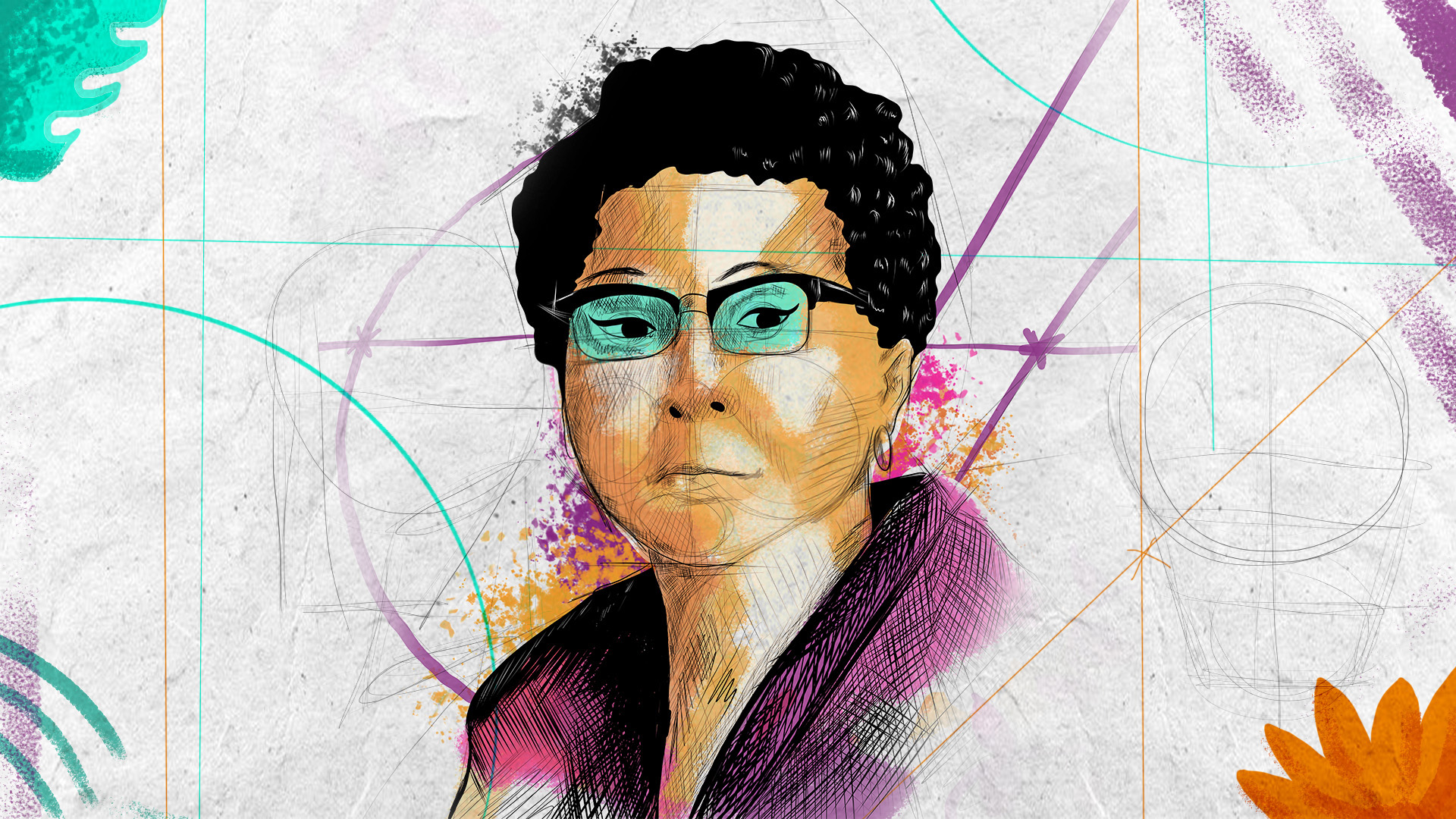
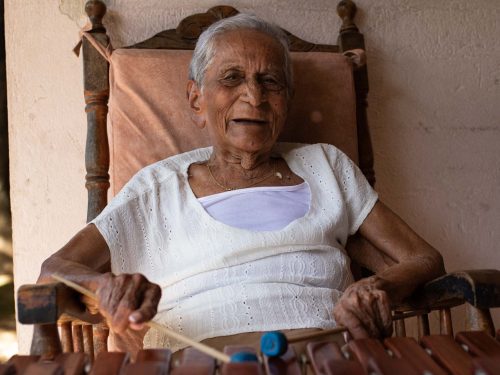
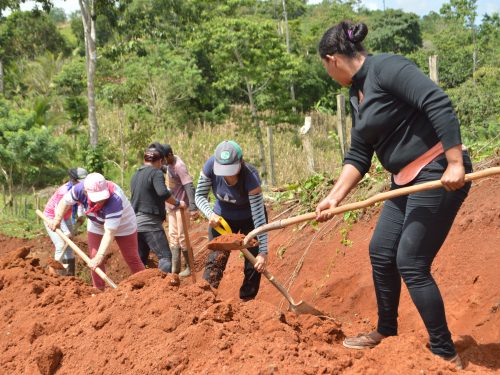
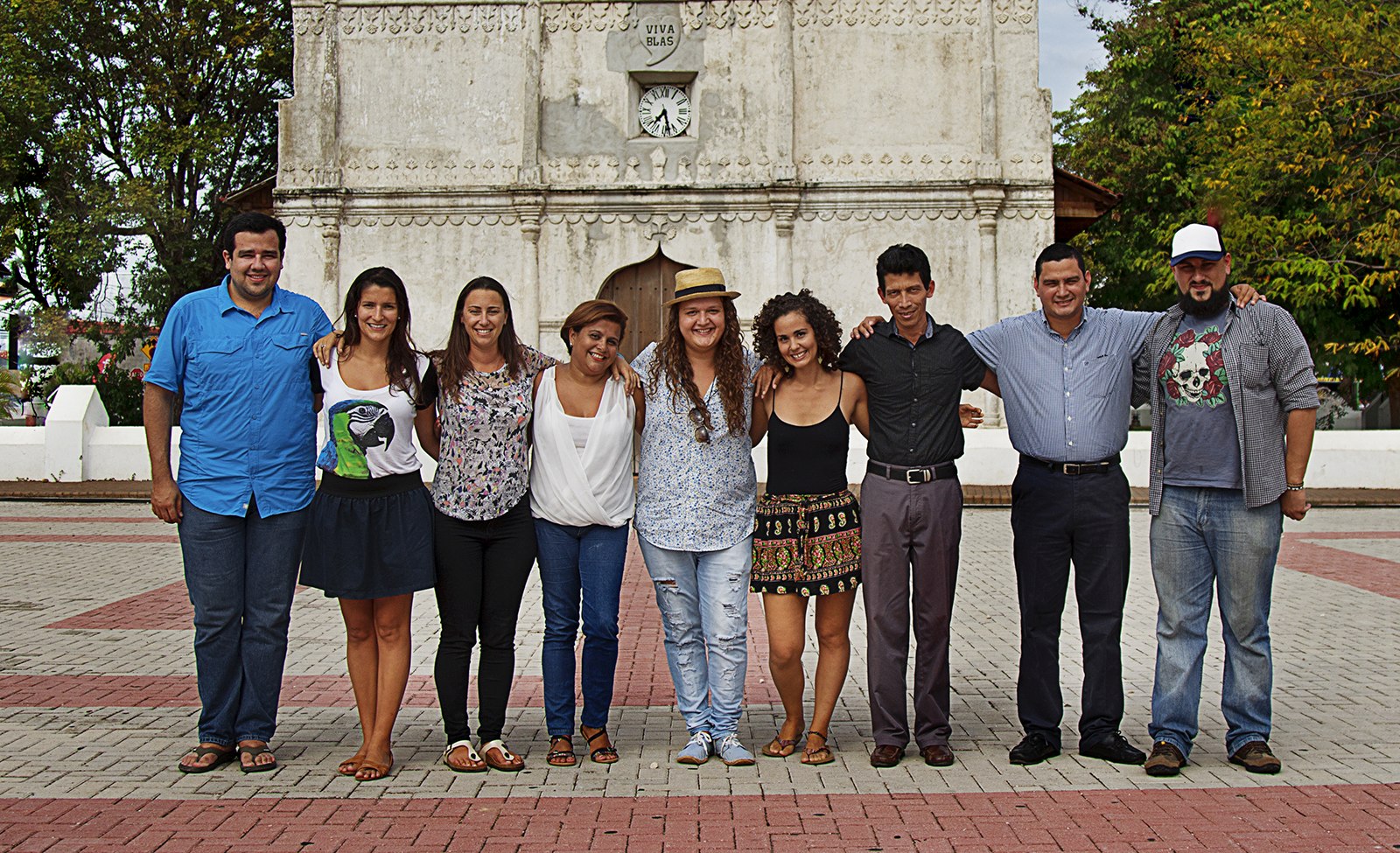

Comments